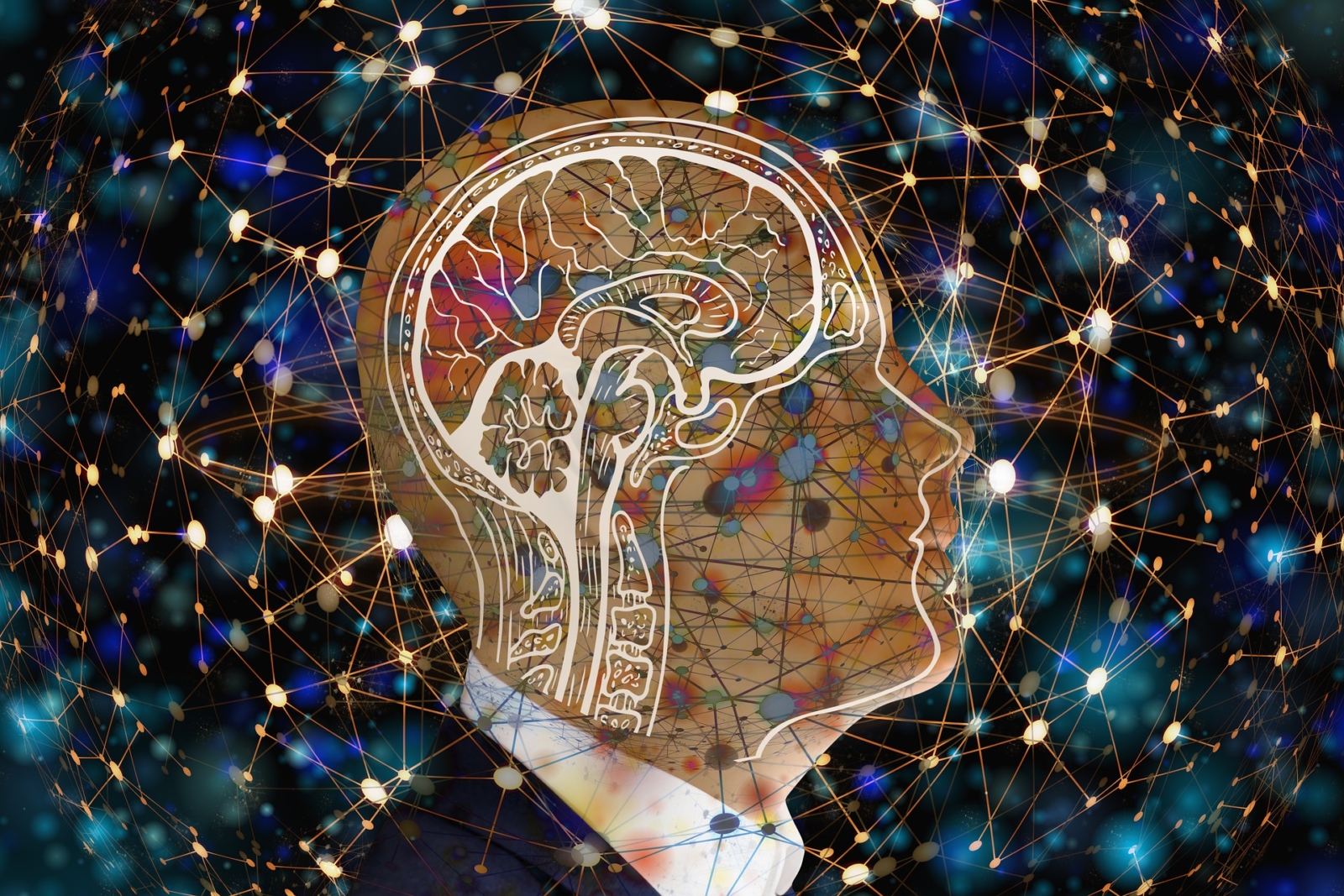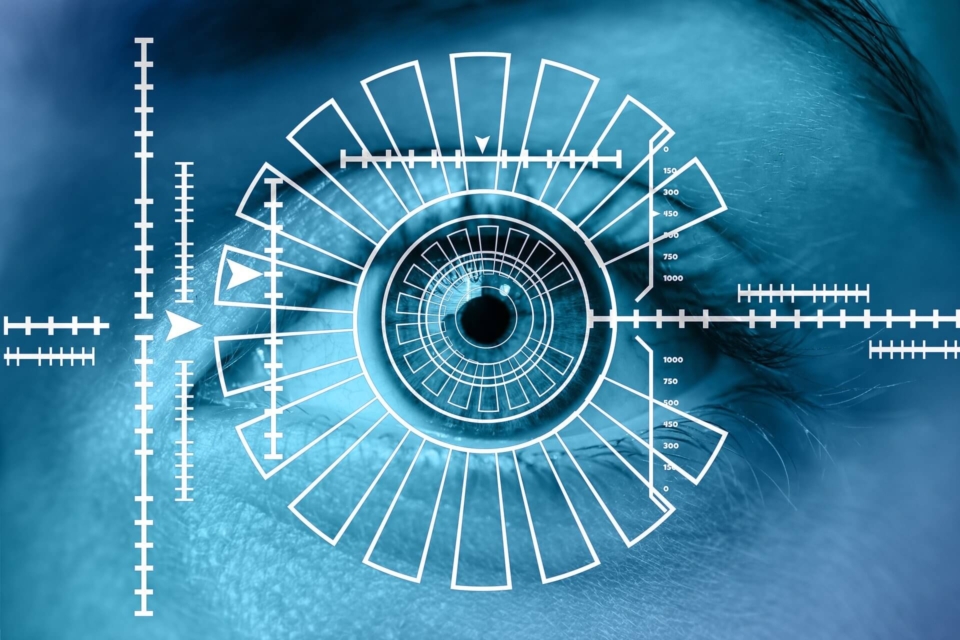Ladies and Gentlemen, welcome to the blog of the technological past. The title of the blog pretty much says what it will be about, but allow me to go into a bit of depth. AI (Artificial Intelligence) technology, together with machine learning is developing at a rapid speed today. It is evolving at a faster speed than we had expected and is already surpassing human decision-making in certain instances. However, while many are alarmed by this, AI is indeed producing some of the most effective, revolutionary and awesome products and results alike in business today. But, like all things in life, there is a beginning. We will have a look at the timeline of some significant inventions, developments and results that many geniuses in the past have accumulated, and how this led to our lifestyle today. This is a series blog of the past, present and future! Enjoy!

Published:
21/10/2022(Noun) the theory and development of computer systems able to perform tasks normally requiring human intelligence, such as visual perception, speech recognition, decision-making, and translation between languages.
Does this sound a bit complicated? I thought so too at first, and then I did some research. Basically, AI involves using computers to do the things that would traditionally require human intelligence. This means creating algorithms to classify, analyze, and draw predictions from data. AI algorithms are trained using big datasets so that they can identify patterns, make predictions and recommend actions, just as a human being would do, only much faster and better. In customer support service it is likely that you have typed, and have received a message from a chat box, not a human. Factory and warehouse work can be greatly done with AI robots. AI recognises faces. Your social media ‘suggested friends’ are chosen through AI. And so the list continues. AI is about acting on data, learning from it and improving it. Just like a baby human growing up into a smarter adult.
Alan Turing (1912-1954), an English logician understood as early as the 1940’s that there would be a terrible, endless quarrel between artificial intelligence and normal intelligence. He sought for a better question than, ‘Can machines think?’ He rather proposed the question, ‘Can machines do what we (as thinking entities) can do? And this was a step forward in the right direction. He contributed greatly through inventing the ‘Turing Test.’ The Turing Test is a simple method of determining if a machine can portray human intelligence. Put simply, if a machine can engage in a conversation with a human without being detected as a machine, it has passed the Turing Test.
A wonderful invention through this was ‘Pepper the Robot.’ Pepper was designed by a Japanese company called Softbank Robotics. Pepper has been ‘adopted’ into many Japanese homes as a day-to-day companion. Its emotional intelligence must have passed the Turing Test, for instance. By 1951 the first working AI programs were written. These were to be run on The Ferranti Mark 1, which was one of the first commercially available digital computers. The AI software was that of a checkers-playing program written by Christopher Strachey and a chess-playing program written by Dietrich Prinz. Since then, as we all know, many online games have been invented, all run by the same creator… AI!
John McCarthy took the initiative in 1956 to organise a meeting to discuss, or even better, shape the name and ideology of Artificial Intelligence in New Hampshire, USA. A small group of scientists gathered for a summer research project on Artificial Intelligence to not only honour the past accomplishments on the developments of AI but also to plant the seed for future artificial intelligence research and projects! In 1964, Danny Bobrow‘s (an American computer scientist) dissertation at MIT showed that computers can understand natural language well enough to solve algebra word sums correctly. This was proof that AI was starting to incorporate a logical thought process. In 1973, The Assembly Robotics Group at the University of Edinburgh built Freddy Robot. Freddy was one of the first robots to be able to assemble wooden models using vision to identify and locate the parts. Freddy was given a jumbled heap of toy wooden car and boat pieces and it could assemble both in about 16 hours! Now logical thought process was being incorporated into production.
Nowadays, if one talks about self-driving cars, we think of Google, Apple or Tesla projects. But no, in 1995 the great German engineering as we know, had a supercomputer built into a Mercedes S-class model. Thanks to the improvements of AI, this car drove a journey covering 1700km from Munich to Copenhagen… BY ITSELF! The car industry has rapidly developed since then, with magnificent inventions and software being upgraded constantly. Just like voice recognition, picture recognition is becoming a huge topic in which AI is starting to dominate. In 2015 it was discovered that two competing platforms (Microsoft and Google), were faster at identifying objects in pictures than humans were in over 1000 categories. One of many examples in which this is good for, is indeed that a machine could identify before a farmer when the crops are ripe and ready for sale…It was not until in the last recent years, that researchers realised Graphical Processing Units (GPU) were 50 times better, and a lot more affordable, at deep learning computation than the normal CPU (and I am sure you have heard this term before). One could store more data and for cheaper too! This was a major step in powering AI platforms, which power numerous amounts of AI applications today!
And the last subject I want to talk about, are of course the devices, which ALL of us possess. This has dominated the 21st-century technological platform, but I don’t want to go into much detail, as this is the present, and this blog is about the past ;)However, devices with AI have been out for years. So much of your daily usage incorporates AI! The biggest example is your Voice assistant, such as Siri for Apple. AI is in your camera, throughout your social media. It makes decisions for your phone in many cases. The facial recognition to unlock your smartphone that some of you might have. These are just some, of the many areas!
Many people are cautious and slightly afraid of the developments of AI and what it could mean for the future of humanity. But like all things in life, there are always two sides! Learning about the past and origin of AI was an interesting journey. But, I am sure that learning from the present activities will speak to all of us much more. In either positive or negative ways. I myself, have much to learn!
Let’s find out how Artificial Intelligence has integrated and affected our daily lives.

Let’s have a look at some important yet interesting topics on the future of Artificial Intelligence.

Denn mit den schrittweisen Lockerungen kehren auch die ersten Mitarbeiterinnen und Mitarbeiter wieder an ihre eigentlichen Arbeitsplätze zurück und Unternehmen können eine erste Bilanz ziehen.






